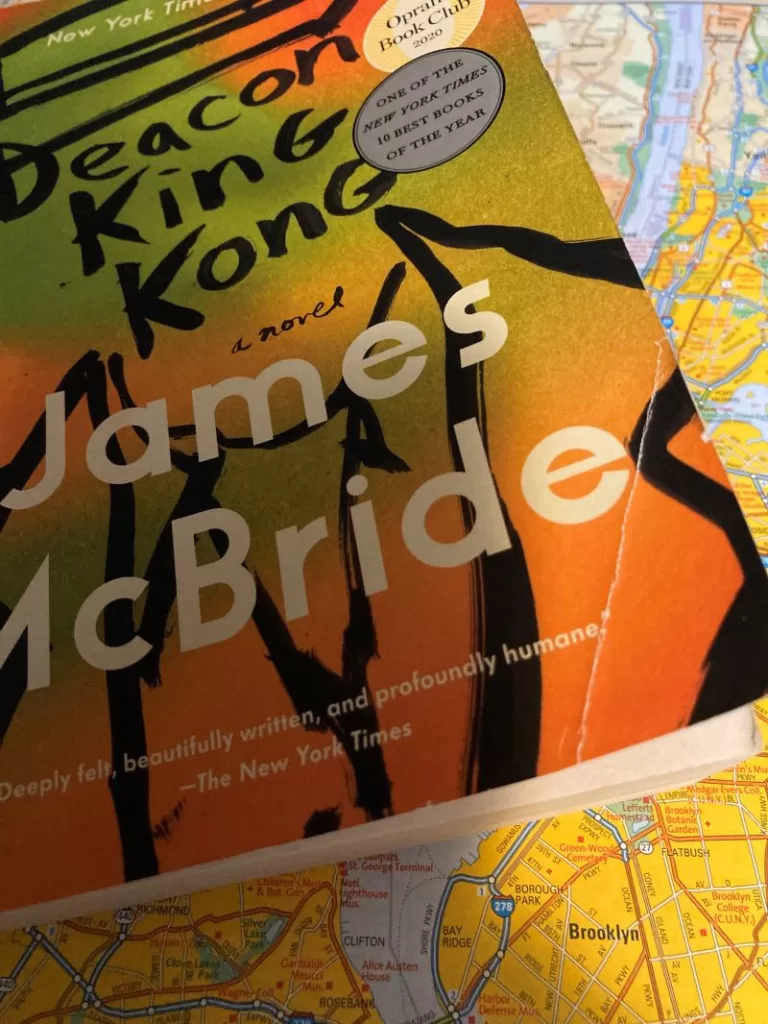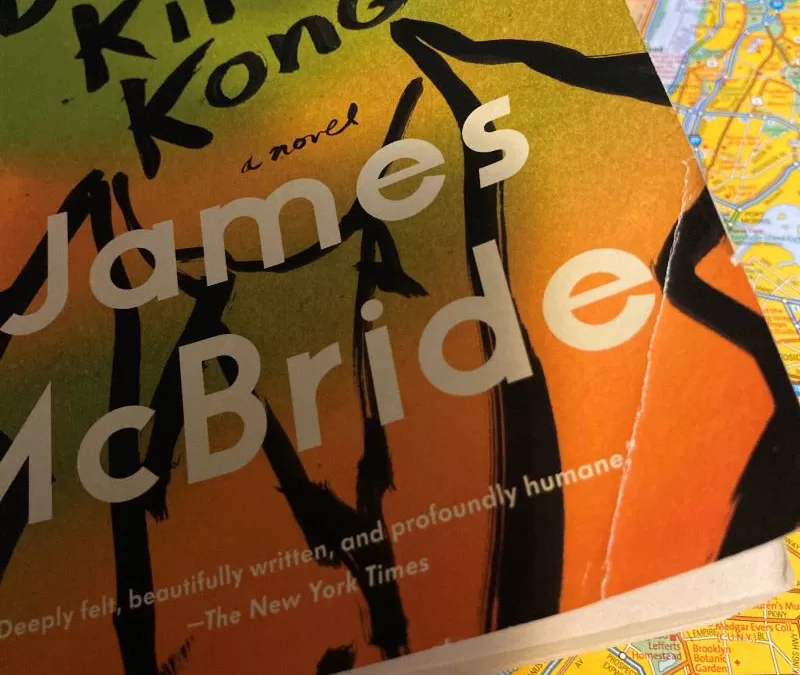
While teaching eighth graders about the American Civil Rights Movement of the 1950s and 1960s, I tended toward emphasizing the larger picture of social and cultural change because this is what the state curriculum standards mandated; and for good reason. Knowing the key people, events, and places of the era offers the language necessary to explore the ideas upon which they were built.
Most of us are not like Malcolm X or Martin Luther King, Jr. Most of us don’t live lives like JFK and his little brother Bobby. And, while most of us admire and honor the courage of Rosa Parks, Medgar Evers, and Ella Baker, how many of us will ever find ourselves doing what they did? This is why we hold them up, why we put them on pedestals; exactly because so few among us appear capable of such things, so few among us actually pushing hard up against injustice.
Yes, many of the “manifest” moments of these years involved large numbers of protesters gathering in defiance of discrimination and inequality. However, in American History class, these groups are often defined more by the nature of the cause they were fighting for rather than the “latent” moments of their daily lives that viscerally illustrated their grievance.
“We are being oppressed,” the demonstrations declared. But, what did that really mean in terms of an individual life lived under these oppressive circumstances? When the march was over, what did they do? What was it like to wake up each day into that oppression? How did the individual members of an oppressed community interact with one another? In short, since many were fighting against segregation, what did the world of the segregated look like; a world which by definition most of us simply did not see?
I am thinking of all this now after reading Deacon King Kong (2020) by James McBride. The story is set in the Causeway Housing Projects of South Brooklyn in September of the year 1969 and McBride offers a visceral answer to these questions:
“You worked, slaved, fought off the rats, the mice, the roaches, the ants, the Housing Authority, the cops, the muggers, and now the drug dealers. You lived a life of disappointment and suffering, of too-hot summers and too-cold winters, surviving in apartments with crummy stoves that didn’t work and windows that didn’t open and toilets that didn’t flush and lead paint that flecked off the walls and poisoned your children, living in awful, dreary apartments built to house Italians who came to America to work the docks, which had emptied of boats, ships, tankers, dreams, money, and opportunity the moment the colored and Latinos arrived. And still New York blamed you for its problems.”
This is a book of fiction, but if you know anything of James McBride, and there is much out there from which to draw, his fiction reflects a degree of reality often based upon his own experiences. In this case, McBride grew up in Brooklyn, the son of a Black man and a white woman, in the 1960s; it may be fiction but he ain’t makin’ it up.
So, what did living in 1969 South Brooklyn in the shadow of the Statue of Liberty mean to the individual people that shared this experience? What were their lives like? What did they do to get by? What did they think of each other? What did they think of the world in which they lived; each of them?
For James McBride it is often only through fiction that we can begin to answer these more personal questions, to get at the raw feeling of living a life beneath the surface of the larger, manifest history of the day. These individual lives are rarely found in the history books and this is the most pertinent of all truths that we share with them; our own individual lives are unlikely to appear in the history books that will someday be written about the events of our days.
This personal, more “latent” history often gets short shrift in the historical record leaving it to the storytellers who know something of it to draw upon their experiences and imagination to help us see what might otherwise be totally lost. This, to me, is the drive and purpose behind James McBride’s Deacon King Kong.
A single opening event stirs the story into action: “Deacon Cuffy Lambkin of Five Ends Baptist Church became a walking dead man on a cloudy September afternoon in 1969. That’s the day the old deacon, known as Sportcoat to his friends… stuck an ancient .38 Colt in the face of a nineteen-year-old drug dealer named Deems Clemens, and pulled the trigger.”
What follows not only explores how this act of violence reverberated throughout the community and beyond, it is the vehicle through which we are introduced to a multitude of vibrantly drawn characters; with exacting and biting humor throughout, peppered with the quick language of the street, and a persistent dedication to exploring the humanity of each and every one.
Sportcoat drinks a lot, forgets a lot, and speaks rather openly to the “ghost” of his dead wife, Hettie. Pudgy Fingers is Sportcoat’s blind son who deploys his other senses to great effect and humor. Deems Clemens is portrayed in three sets; reflections upon the promise of his youth, the allure of drug money, and the reckoning after Sportcoat fired his old pistol. Rufus, known as Hot Sausage, is Sportcoat’s pal who produces the moonshine known as King Kong.
A friendly Irish cop known as Potts defies the stereotype of white cops patrolling non-white communities. Sister Gee, the beautiful yet neglected wife of the preacher at Five Ends Baptist Church, engages in soul-warming interactions with Potts, despite the desolate landscape of the projects. Joaquin Cordero, an honest numbers runner, is a Dominican formerly married to Izi, the vice president of the Puerto Rican Statehood Society.
The Italian Tommy Elefante—aka the Elephant—ponders his life of crime at the waterfront on the edge of the Cause Housing Projects. Driscoll Sturgess, known as Governor, spent time in prison with Elephant’s father and arrives to deliver a message and a mystery that spans the long history of the neighborhood. The Elephant’s mother, bringing one of many entangled and delightful storylines full-circle, shares a love of gardening and an uncanny knowledge of plants, the foundation of another beautifully crafted relationship with Sportcoat.
There are many more.
Getting to know these fictional people is a history all its own. It is as if the tumult of the 1960s is boiled down to something more tangible, less worldly, more personal, more likely to mimic the details of our own daily lives while relegating the chaotic headlines and breaking news bulletins to their proper place… over there somewhere, beyond my family, beyond my neighborhood.
There is much more to be said about James McBride. His most recent novel, The Heaven and Earth Grocery Store (2023), similarly explores the Chicken Hill neighborhood of a multi-ethnic Pottstown, Pennsylvania in the 1920s and 1930s. It is a tribute to his white grandmother. I’ll have more to say about this one soon while four or five other potential McBride gems await me at the library.
Finally, if this one intrigues you, I suggest exploring the many recorded interviews of James McBride. Here’s one I enjoyed to get you started: https://www.pbs.org/wnet/amanpour-and-company/video/james-mcbride-on-art-social-justice-and-deacon-king-kong/












